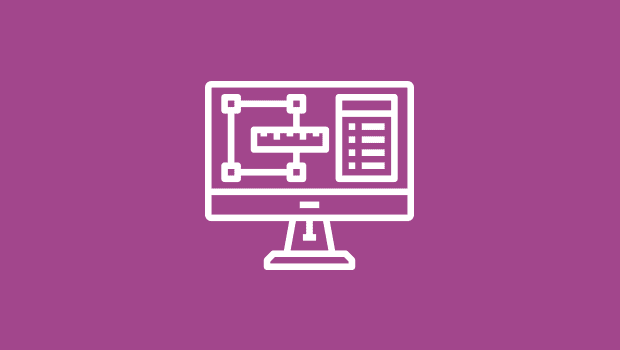Hi from Steve Werner, and How to Handle Lots of Graphics

Hi,
I’m the newest member of the InDesign Secrets team. Thanks to David and Anne-Marie for giving me a chance to add my two cents worth here. I co-authored Real World Adobe Creative Suite with Sandee Cohen so I’ll also be writing about ways to work effectively in InDesign, as well as how InDesign fits into the Suite.
Today, I thought I’d begin by describing my favorite way to bring lots of graphics into InDesign?drag-placing graphics from Adobe Bridge. Adobe Bridge was added to Adobe Creative Suite 2, making it the youngest member of the Suite family. When I teach InDesign classes, it’s exciting to show people how well it can serve as a visual hub working with InDesign, Illustrator, Photoshop, and Adobe PDF files. When I’m placing lots of graphics, I’d much rather be able to visually pick them rather than rely on file names. (Note: You get a copy of Bridge if you purchased Adobe Creative Suite 2, or if you purchased an individual copy of one of the Suite components, like InDesign CS2.)
Let’s say I’m putting together a presentation about InDesign features, and I’ve got lots of screen shots to place. Snapz Pro, my favorite Mac screen capture utility dumps them in my Pictures folder, already saved as PSD files. I have Adobe Bridge open, displaying a folder of the screen shots I’m going to use. I can drag the shots directly from the Pictures folder into the Bridge window where I can see previews of each one. Normally, I choose Thumbnail view, but I can change the size of my thumbnails by dragging a slider. I can also view metadata about each file (like file size or modification date) if I like by switching to one of Bridges’s other views. I could rank or label them, but usually I’m just ready to place them so I’ll sort them by creation date so they’re in the order that I made the screen shots.
Now I want to place a group of them for the next section that I’m writing. Bridge makes this really easy because at the upper-right corner of the Bridge window is a button to switch to Compact Mode. In compact mode, the window shrinks (so I can see my InDesign layout). By default, it also always stays in front of my InDesign layout.
Usually I’ll drag the graphics visually, one by one, onto the location in my layout I’m most likely to use them. InDesign makes it easy because it’s been designed from the ground up to drag-and-drop files into the InDesign window. (If you are still using an earlier version of InDesign, you can try this out by dragging files directly from the Finder or Windows Explorer into your layout.) If the Bridge window is still getting in the way, I can click another button to make it into Ultra-Compact mode, to move it out of the way. Or, just minimize it.
There one thing that you can’t do when you drag-place: You can’t set Import Options like when you use the Place command. Graphics come in with the settings which were last used.
This article was last modified on December 18, 2021
This article was first published on July 24, 2006



